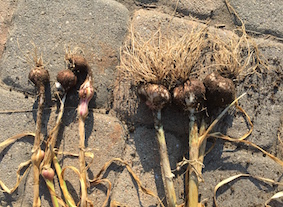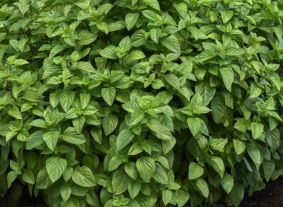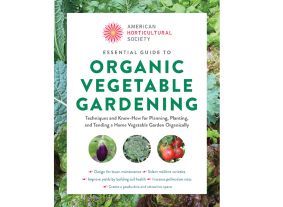Harvesting—and Not Harvesting—Softneck Garlic
Views: 2869

Last year my softneck garlic growing game was off. Little did I know that my lack of fortune then would result in a bonanza this season. Here’s what happened.
Lack of Fortune
Although I had grown softneck garlic for several years previously, last year was the first year I grew garlic—or anything, for that matter—in this one particular garden plot. The plot has some interesting sunlight dynamics, with different portions of the plot being shaded deeply right at midday. This impacts flowering for sure, and also how much water evaporates from certain crops during the day. The garlic crop began to develop browning leaves much earlier than I experienced in my other garden, and I believed it was a watering issue. I had gone on vacation in the latter part of June and thought the browning leaves was from a lack of good watering while I was gone.
Eventually the crop’s leaves all turned brown—and pretty quickly, too. I kept delaying my task of pulling the garlic out of the ground until the aboveground leaves were very much withered. Ideally one should harvest garlic when just the top six (or so) leaves are still green. With the leaves so withered, finding the bulbs underground was a difficult task, even with the aid of a trowel. Churning the soil broke up many of the bulbs and I just couldn’t find all of the cloves.
Bonanza
This garlic fiasco was happening in early July of last year. Fast forward to fall. I planted a row of softneck garlic and another row of hardneck garlic for harvesting this year. As one of the first crops to emerge in spring, I noticed that in addition to the two tidy rows I planted in the fall I also had clumps of garlic leaves emerging from the ground near where I had last year’s crop. Those bulbs I couldn’t find to harvest last year were alive and kicking. Bonus!
This is the best part: The bulbs from the two-year-old crop are gigantic compared to the bulbs planted last fall. This makes sense, of course. The two-year-old crop had a longer time in the ground to bulk up. They also retained roots and any associated mycorrhizae (beneficial fungal networks) to help them grow. You can see from the photo above just how much bigger and better the older bulbs are than the newer bulbs.
When I began to realize just how much bigger those older bulbs are, I actually stuck a bulb or two back into the ground. We’ll see what we get next year with three-year-old bulbs.
Meet Ellen Wells
When you’re raised on a farm, you can’t help but know a thing or two about gardening. Ellen Wells is our expert on edible gardening.…
Ellen's Recent Posts

Everleaf Lemon Basil






